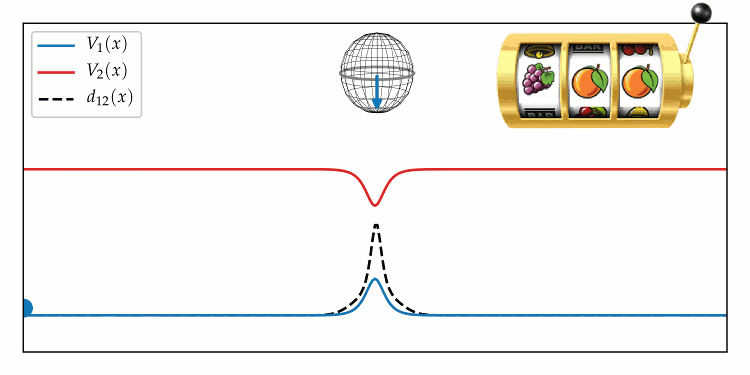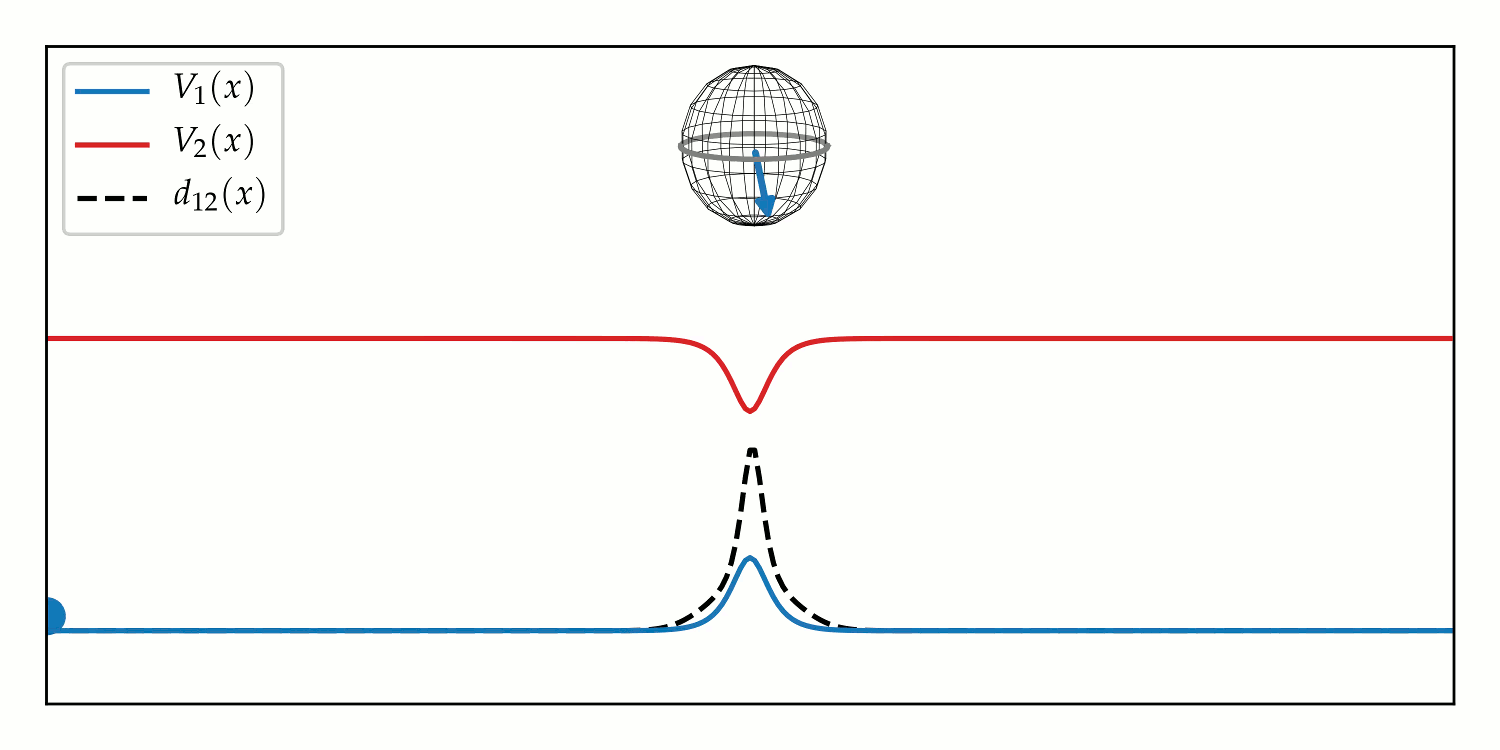A MASH-up between mapping and surface hopping
A new surface hopping method with a rigorous derivation and improved results
We combine the best aspects of the two rivial nonadiabatic approaches of fewest-switches surface hopping (FSSH) and quasiclassical spin-mapping methods to derive the Mapping Approach to Surface Hopping (MASH). Like spin mapping, MASH is rigorously derivable from the quantum-classical Liouville equation. Like surface hopping, MASH transitions between adiabatic surfaces, meaning that it recovers wavepacket branching and never moves on inverted potentials. Because of its rigorous derivation, it gives unique prescriptions for the momentum rescalings and decoherence corrections, which have proven to be controversial aspects of the standard FSSH approach. Our method also evolves under fully deterministic equations of motion, which unlike FSSH, guarantees that there is always internal consistency between the active propagation surface and the time-evolved electronic state.
We show that MASH exhibits improved accuracy over FSSH in various model systems. Given the current popularity of using FSSH in ab initio simulations of chemical systems, our new algorithm has the potential for offering a more accurate and rigorous dynamical method for these applications, all at a comparable computational cost.

